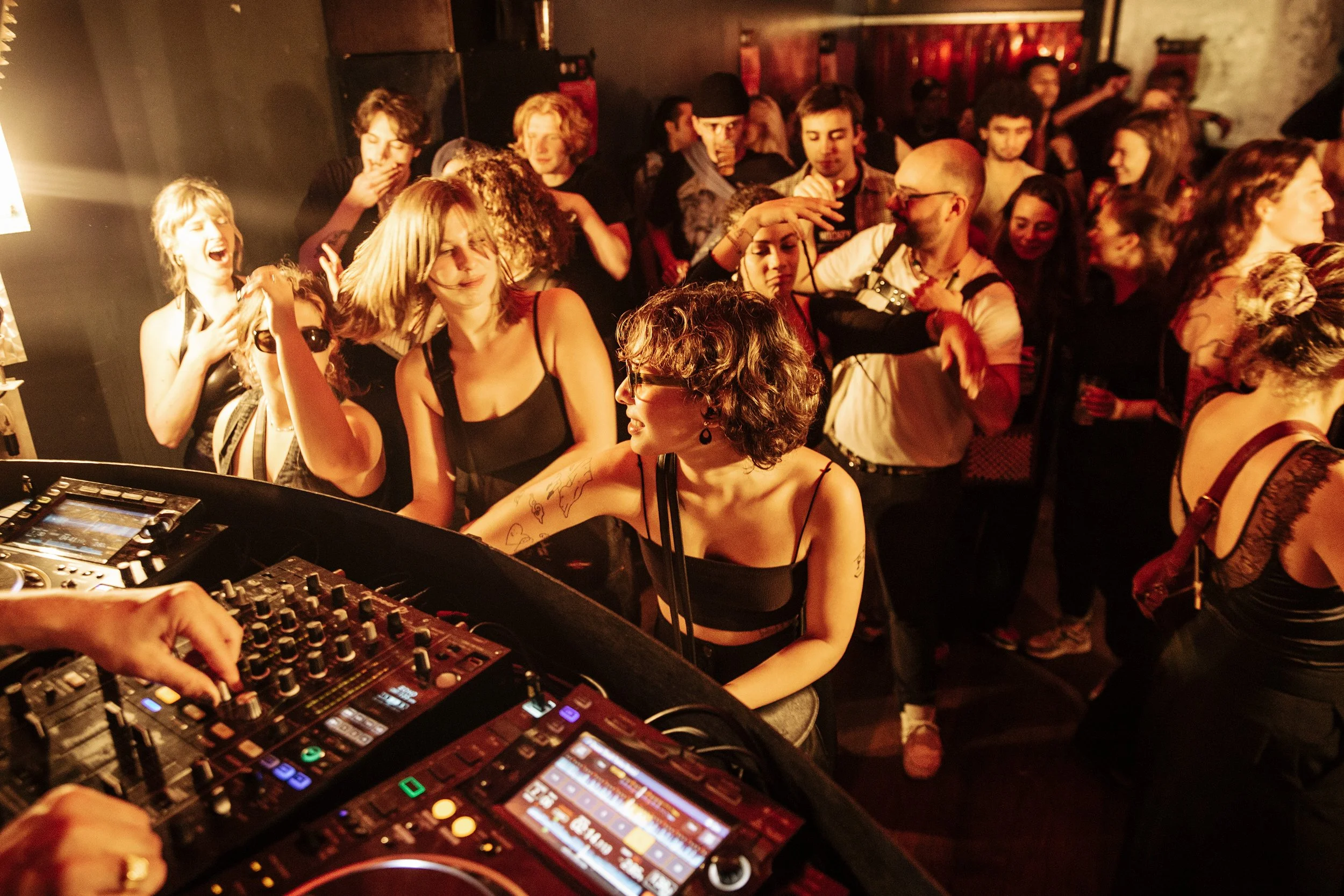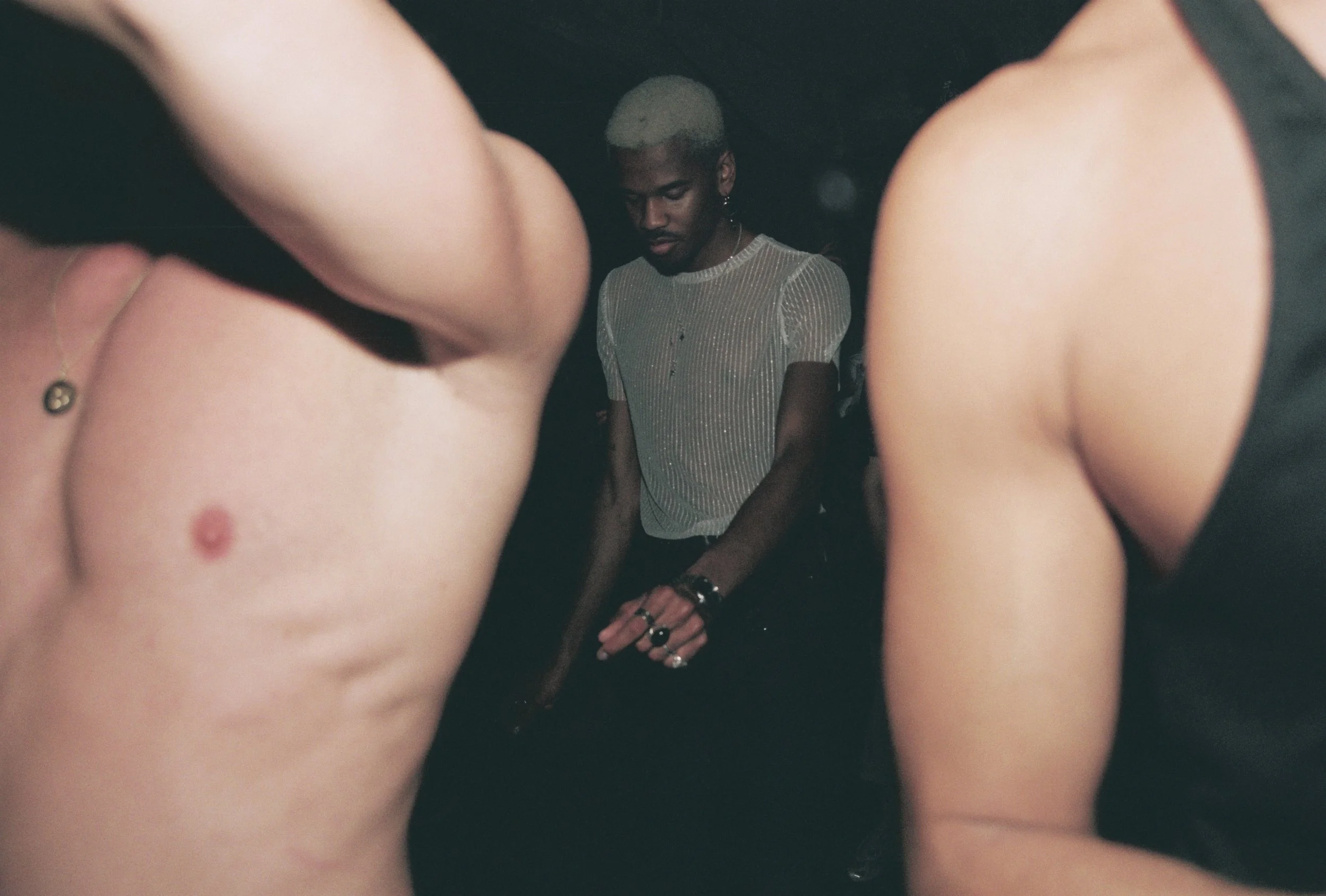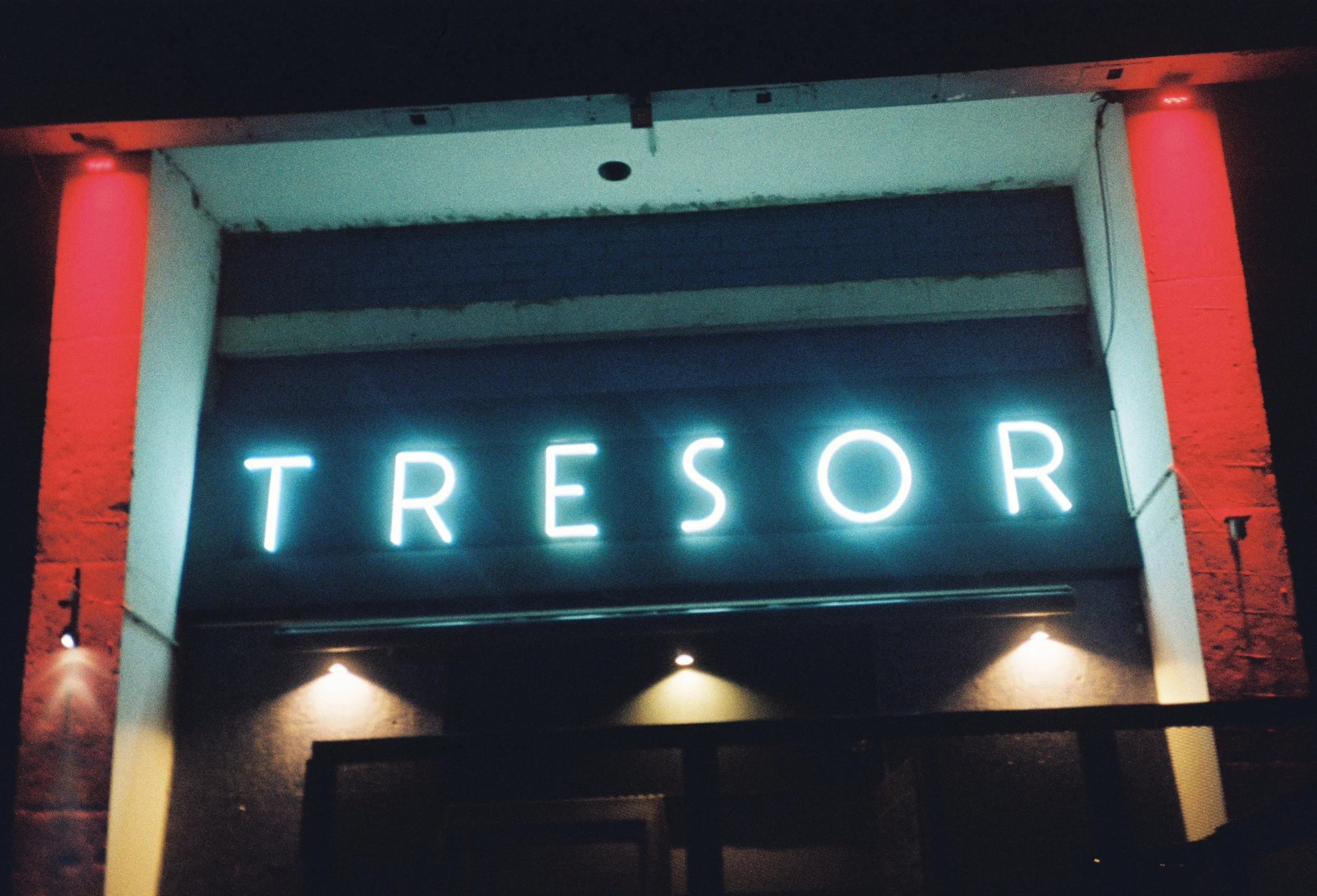Case Studies in Design
Services:
Reseach, Advocacy, Policy Advising, Location
Links:
Year:
2025 - 2026
Partners:
PennPraxis, Club Commission Berlin, Andrejina Sejias
As Berlin faces an unprecedented convergence of 1.5 million m² of commercial vacancy and a nightlife crisis threatening half the city’s clubs, Clubcommission is pioneering non-extractive, culture-led development models that include building long-term partnerships with real estate stakeholders, facilitating shared decision-making among diverse actors, and enabling active participation from local nightlife communities.
Far from being a peripheral or temporary phenomenon, club culture is recast here as cultural infrastructure—capable of anchoring inclusive, adaptive, and democratic approaches to urban transformation. This case illustrates how Berlin’s globally iconic nightlife sector is now shaping policy, development, and governance—offering replicable insights for cities facing parallel pressures of spatial inequality, economic precarity, and cultural erasure.
Process-Focused Case Sites Includes:
Tegel Airport / ‘Turbulence TXL’
A former airport repurposed for cultural use through a multi-phase ‘space host’ competition. Clubcommission and the Berlin Senate supported grassroots operators in site selection and regulatory setup for 2025.
Campus Kippe
A five-year, 5,000 m² open-air test site in Berlin supporting young organizers with basic infrastructure. It pilots how legal open-air zones can secure cultural space for the next generation.
Berlin Retail Centers
Clubcommission explored cultural reuse of retail vacancies through participatory planning with nightlife actors. This bottom-up visioning fosters cross-sector cooperation before market/state action.
A100 Motorway Protests
Protest raves like A100 Wegbassen oppose infrastructure threatening cultural spaces. They serve as direct-action planning tools, spotlighting nightlife’s role in shaping urban development.
Case Studies in Design investigates the evolving role of Clubcommission Berlin—a non-profit network of 350+ music venues and cultural stakeholders—as a strategic agent in urban regeneration.





